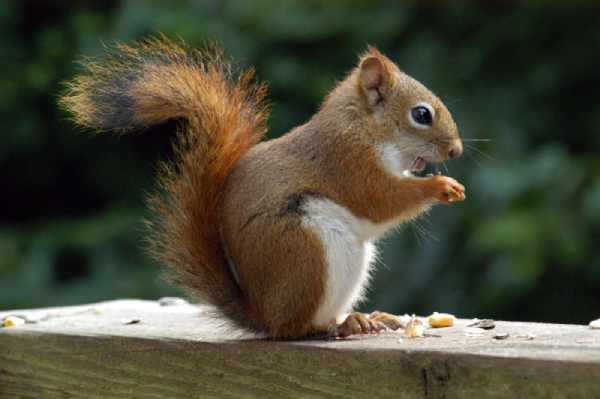Rodents have a unique charm that’s hard to resist. These small, furry creatures make us feel happy, and sometimes even giddy, with their cute features and adorable noises. It’s no wonder that they’re one of the most popular pets all around the world.
Table of Contents
But what makes them so cute? Is it their round body that makes them look like little balls of fluff, or is it their button noses and beady eyes that capture our hearts? While everyone may have their own opinion, there’s no denying that rodents are simply irresistible.
Let’s take a closer look at some of the cutest rodents out there and what makes them so lovable.
List of 10 Cutest Rodents
Guinea Pig
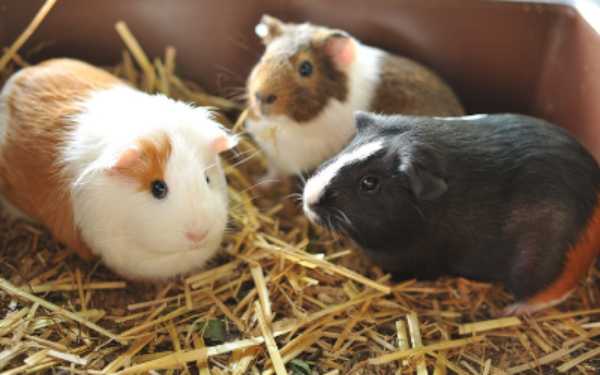
Scientific Name: Cavia porcellus
Diet: Herbivore
Life Expectancy: 5 to 7 years
Have you ever seen a guinea pig? If not, you’re missing out on one of the cutest rodents out there. These delightful creatures are small, furry, and round, and make excellent pets. They come in a range of colours and coat types, from the silky-haired Sheltie to the fuzzy Rex, and are known for their friendly personalities.
Guinea pigs are also incredibly vocal, using a range of adorable noises to express their emotions. When they’re happy, they’ll often squeak with excitement and purr contentedly when they’re being petted. Plus, at just 8-10 inches long and 1.5-2.5lb in weight, they’re the perfect size for cuddling up to.
Guinea pigs may not possess great agility and are incapable of scaling heights or leaping great distances, yet they exhibit a delightful little dance when they become elated. This dance is referred to as “popcorning” and is characterized by a sequence of disorganized jumps and hops, accompanied by a plethora of cheerful squeaks. It’s the epitome of cuteness!
Chinchilla
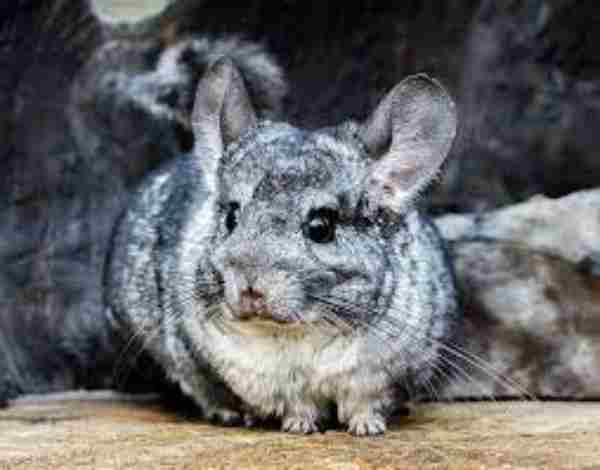
Scientific Name: Chinchilla chinchilla
Diet: Herbivore
Life Expectancy: 10 to 20 years
Chinchillas are undeniably adorable creatures that have become increasingly popular as pets in recent years. With their bright eyes, big round ears, and bushy tails, these sensitive little rodents are a sight to behold. While naturally silvery grey and white, chinchillas now come in a variety of colours thanks to the work of breeders.
From black and brown to marble and even blue or violet, there is now a chinchilla to match any aesthetic. Although their soft fur once nearly led to their extinction due to hunting, these days, chinchillas are cherished for their lively personalities and make wonderful companions for pet owners of all ages.
They have many positive traits, such as being quiet, clean, sociable, and athletic. However, it is important to note that chinchillas are a little fragile. They can easily become stressed, which could have a negative impact on their health. In addition, they cannot regulate their temperature well and are sensitive to changes in temperature or draughts. It is also important to keep in mind that chinchillas are nocturnal, so they may not enjoy too much noise during the day. Despite these weaknesses, chinchillas love to cuddle and need company. In the wild, they can even live in colonies of over 100 individuals!
Hazel Dormouse

Scientific Name: Muscardinus avellanarius
Diet: Herbivore
Life Expectancy: 6 to 13 years
The little wild mice found in forests and fields in Europe and Asia are not only pretty with their ginger-brown fur, fuzzy long tails, and bright black eyes but they are also quite lazy – even sleeping with the occasional snore!
Dormice, as they are commonly referred to, are known to hibernate in winter and enter a deep sleep in summer to slow down their fast metabolism if there isn’t sufficient food around.
In spring, they build small round nests using honeysuckle bark, twigs, and grass, where they curl up completely with their long tails over their faces. When they are not sleeping, they’re mostly eating, and feasting on flowers, pollen, and fruits.
Capybara
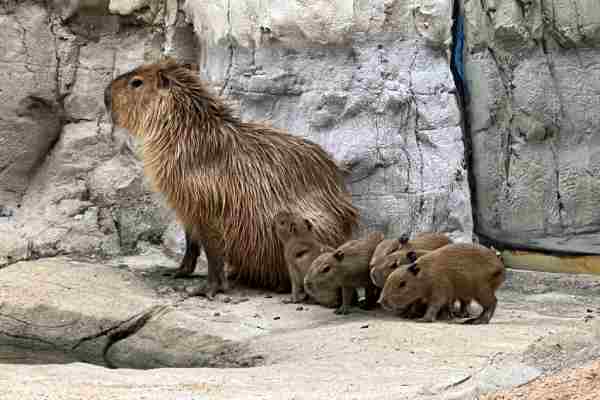
Scientific Name: Hydrochoerus hydrochaeris
Diet: Herbivore
Life Expectancy: 8 to 10 years
The capybara may not be the typical rodent you picture in your head. Standing at over 2 feet tall, they are the largest rodent in the world, and they have a charm that is unmatched. These semi-aquatic creatures can be found living in the wetlands of Central and South America and are excellent swimmers, capable of holding their breath underwater for up to 5 minutes.
They are closely related to guinea pigs, but they are much larger and more laid-back in nature. Capybaras are incredibly social animals and usually live in groups of up to 100 individuals. They communicate with each other using vocalizations, ranging from soft chirps to loud barks.
These intelligent creatures may not be conventionally beautiful, but they have a charm that far surpasses looks.
Chipmunk
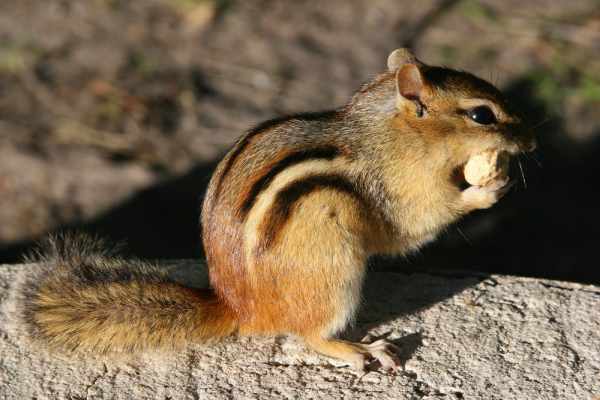
Scientific Name: Tamias striatus
Diet: Herbivore
Life Expectancy: 2 to 8 years
Chipmunks are more than just cartoon characters. These little rodents have a unique appearance, with brown and white stripes on their backs and a cute, bushy tails. They may be small, growing up to only 12 inches in length and 5 ounces in weight, but they are incredibly active creatures always busy with a task.
Their burrows provide them with shelter and safety, but they are often spotted scurrying around forests and campsites, showing true boldness and friendliness. Some even consider their pets due to their intelligence, curiosity, and vocal nature, but it’s important to keep them entertained and occupied or they may become restless.
Rat
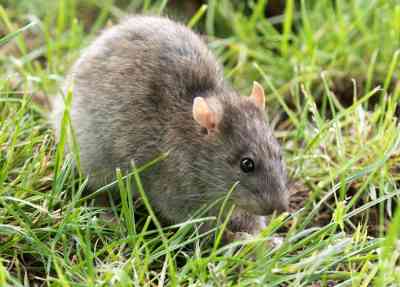
Scientific Name: Rattus norvegicus
Diet: Omnivore
Life Expectancy: 2 to 6 years
Despite their negative reputation, rats can actually be incredibly cute and make great pets. It may come as a surprise, but they are clean animals and low maintenance, not the dirty pests they are often associated with.
They are also intelligent creatures and can be trained to do tricks like respond to their name, stand on their back legs, and jump through hoops. Rat owners swear by their affectionate and playful nature, an
d it’s no wonder they are often considered the cutest rodents around.
It’s amazing to see how these tiny creatures actually experience emotions in a way that’s not too different from us humans. Not only do they love cuddling and playing with their owners, but they also enjoy learning new skills.
What’s more interesting is that rats have been observed to help their fellow mates, even at the cost of their own lives. These furry friends are capable of remembering past favourable behaviour shown by individuals towards them and reciprocating it later. It makes us humans question our ability to exhibit empathy in the same manner.
Siberian Flying Squirrel
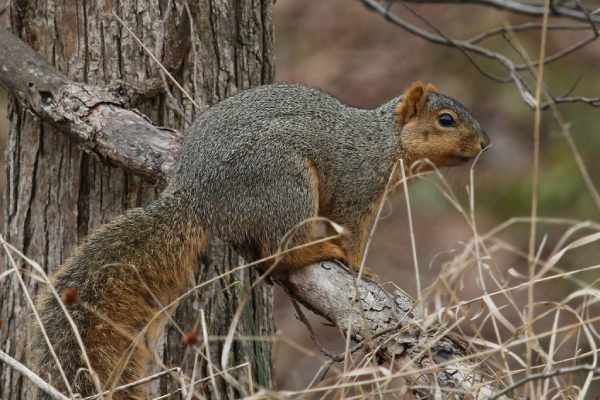
Scientific Name: Pteromys volans
Diet: Herbivore
Life Expectancy: 3 to 5 years
Have you ever heard of the Siberian flying squirrel? If not, prepare to be amazed! This little rodent is seriously adorable and can be found in forests across northern Asia and Europe. What makes them stand out from other squirrels is their remarkable ability to glide from branch to branch, sometimes over 300 feet!
And if that wasn’t enough to catch your attention, their eyes are truly captivating. Enormous, shiny, and black, they take up most of their little heads. But don’t worry, the soft grey and white coats on their backs and bellies are just as charming.
Speaking of pets, it’s no wonder that so many people are drawn to the idea of keeping a Siberian flying squirrel as a companion. Apparently, these little creatures have a special ability to bond with their owners, which only makes them even more charming in the eyes of animal lovers everywhere.
Hamster
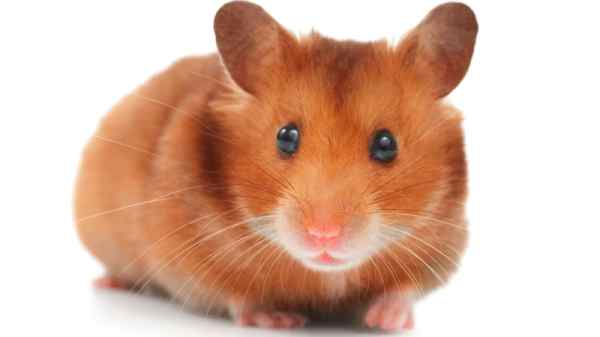
Scientific Name: Mesocricetus auratus
Diet: Omnivore
Life Expectancy: 2 to 3 years
Hamsters are beloved by many as household pets, and for good reason! From the cute and cuddly Syrian hamster to the teeny-tiny Roborovsky Dwarf, these creatures come in all shapes and sizes.
While they prefer to come out at dawn and dusk, in captivity they make for curious, lively animals who are always up for a bit of fun. With their unique coat patterns and colours, hamsters are also quite the fashionista. However, it’s their adorable cheek pouches that really steal the show.
These little guys have a love for hoarding snacks, which they store for later in their ever-expanding pouches. With their gentle nature and love for gathering treats, it’s no wonder that hamsters have become such popular pets around the world.
Gerbil
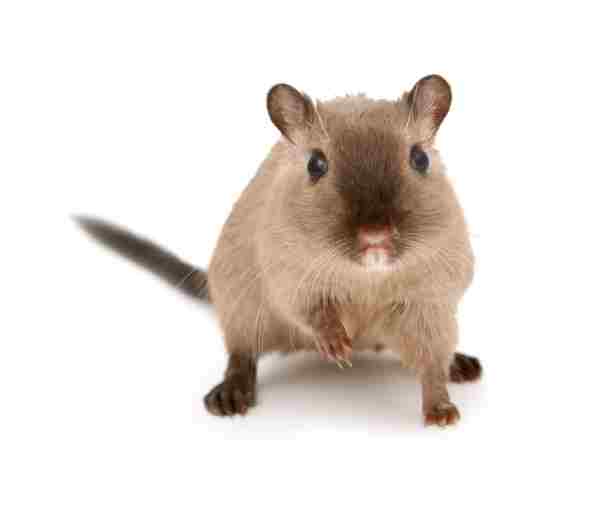
Scientific Name: Meriones unguiculatus
Diet: Omnivore
Life Expectancy: 2 to 4 years
Looking for a pet that’s both gentle and friendly? Consider the gerbil. Despite their small size – they typically grow no larger than 4 ounces – these cute critters are known for their big personalities. While many species of wild gerbils exist, the most commonly domesticated one is the Mongolian gerbil.
With their large hind feet, these tiny animals are adept jumpers and love to play. But what really sets gerbils apart from other pets is their social nature. These inquisitive creatures thrive when surrounded by other gerbils and also enjoy human interaction, making them perfect for families with children.
So if you’re looking for endless entertainment and loyal companionship, a gerbil may just be the perfect addition to your household.
Baluchistan Pygmy Jerboa
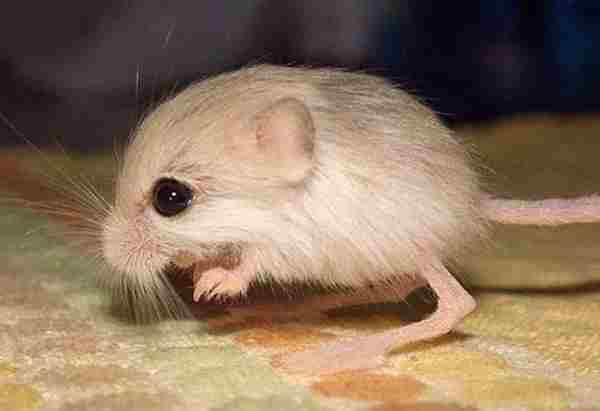
Scientific Name: Salpingotulus michaelis
Diet: Omnivore
Life Expectancy: 2 to 6 years
The final addition to our list of adorable rodents is the Baluchistan pygmy jerboa (go ahead and try to say that three times fast!).
This little critter is the tiniest rodent in the world and is often regarded as one of the cutest. At most, it grows to only 1.7 inches long and weighs a mere 0.1 ounces!
These miniature creatures resemble cotton balls on stilts or a prankster’s creation of a mouse-kangaroo hybrid. They are incredibly charming with their disproportionately large heads, small bodies, and long, slender legs and tails.
The pygmy jerboa is indigenous to the deserts of Pakistan and has sandy-coloured fur to blend in with its surroundings.
It feasts on seeds and leaves at night, and because of its small size, it has a variety of predators.
Their lengthy legs come in handy for jumping; the minuscule pygmy jerboa can jump up to nine feet! A predator would need to be exceptionally quick to capture it.
Another fascinating aspect of these creatures is that they are one of the few mammals that are bipedal, meaning they walk on two legs. Their front legs are much shorter than their hind legs, making it almost impossible for them to walk any other way!
FAQs
What is the sweetest rodent?
Guinea pigs
What is the number 1 cutest animal?
According to a recent study, cats have been rated as the animals with the most endearing faces, followed closely by ferrets, rabbits, and hamsters.
What is the nicest rodent?
Guinea pigs
What are the cuddliest rodents?
Rats
Final Words
When it comes to rodents, they often get a bad reputation for being pests or carriers of diseases. But these 10 cute rodents will make you forget all of that. From the tiny and adorable African Pygmy Mouse to the fluffy and friendly chinchilla, these rodents are delightful creatures that deserve some love.
The sugar glider with its big eyes and parachute-like skin, the pocket-sized hamster with its round cheeks and fuzzy body, and the chipmunk with its striped back and bushy tail are just a few examples of these lovable creatures. It’s no wonder why so many people have chosen them as pets.
Reference:
- https://www.moneybeach.co.uk/the-boardwalk/the-cutest-pets-according-to-science/
- https://www.avma.org/resources/pet-owners/petcare/selecting-pet-rodent
- https://www.pethealthnetwork.com/all-pet-health/small-animal-health-care/rodents-more-just-vermin

Jeevan Kodiyan
An animal enthusiast with an interest in zoology, studying the behavior and activities of animals in the wild habitat. I work on research projects related to species conservation and endangered species protection. I also leverage zoology to become an educator, educating others about the importance of protecting our natural environment and the beauty of animals in their natural habitats.

